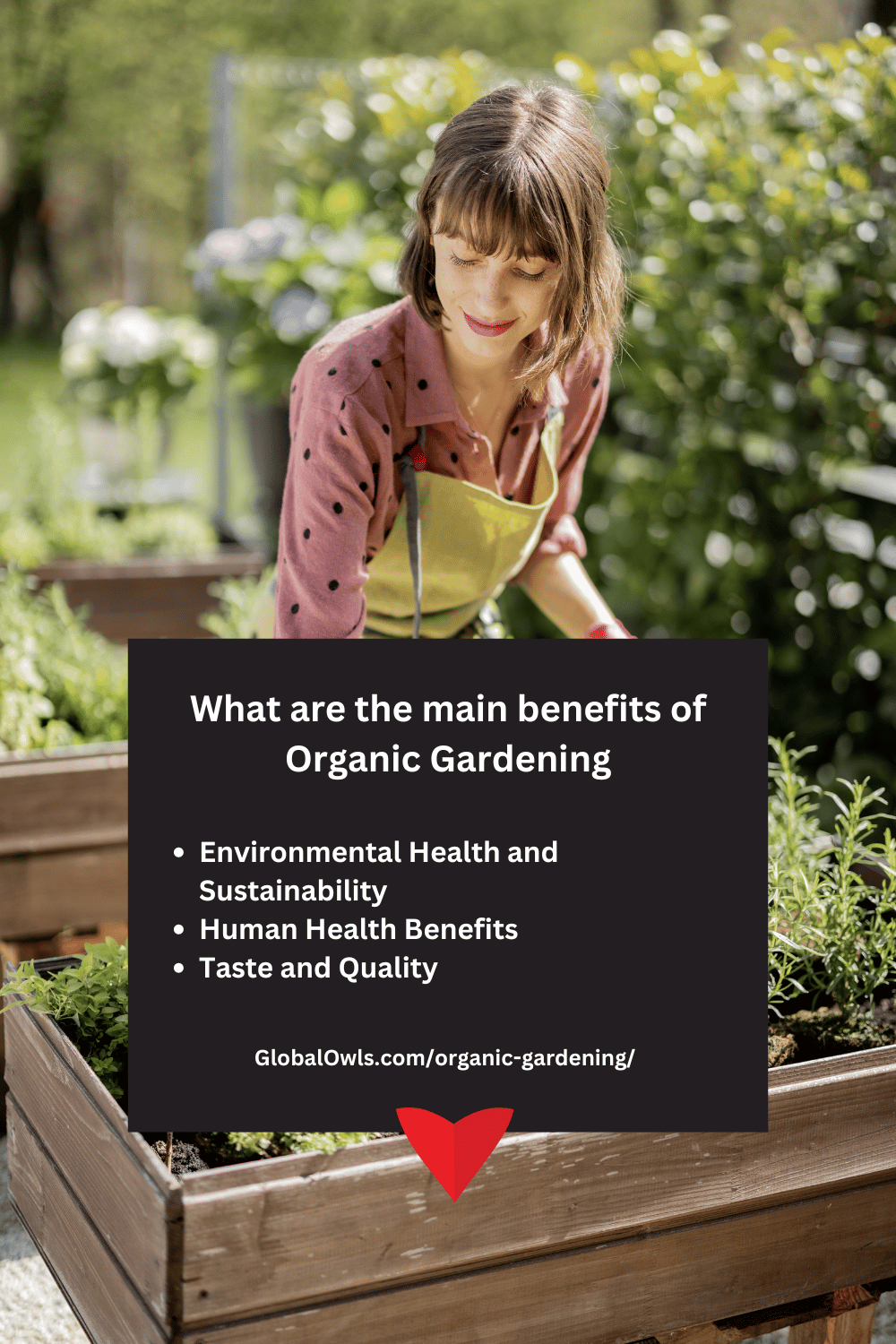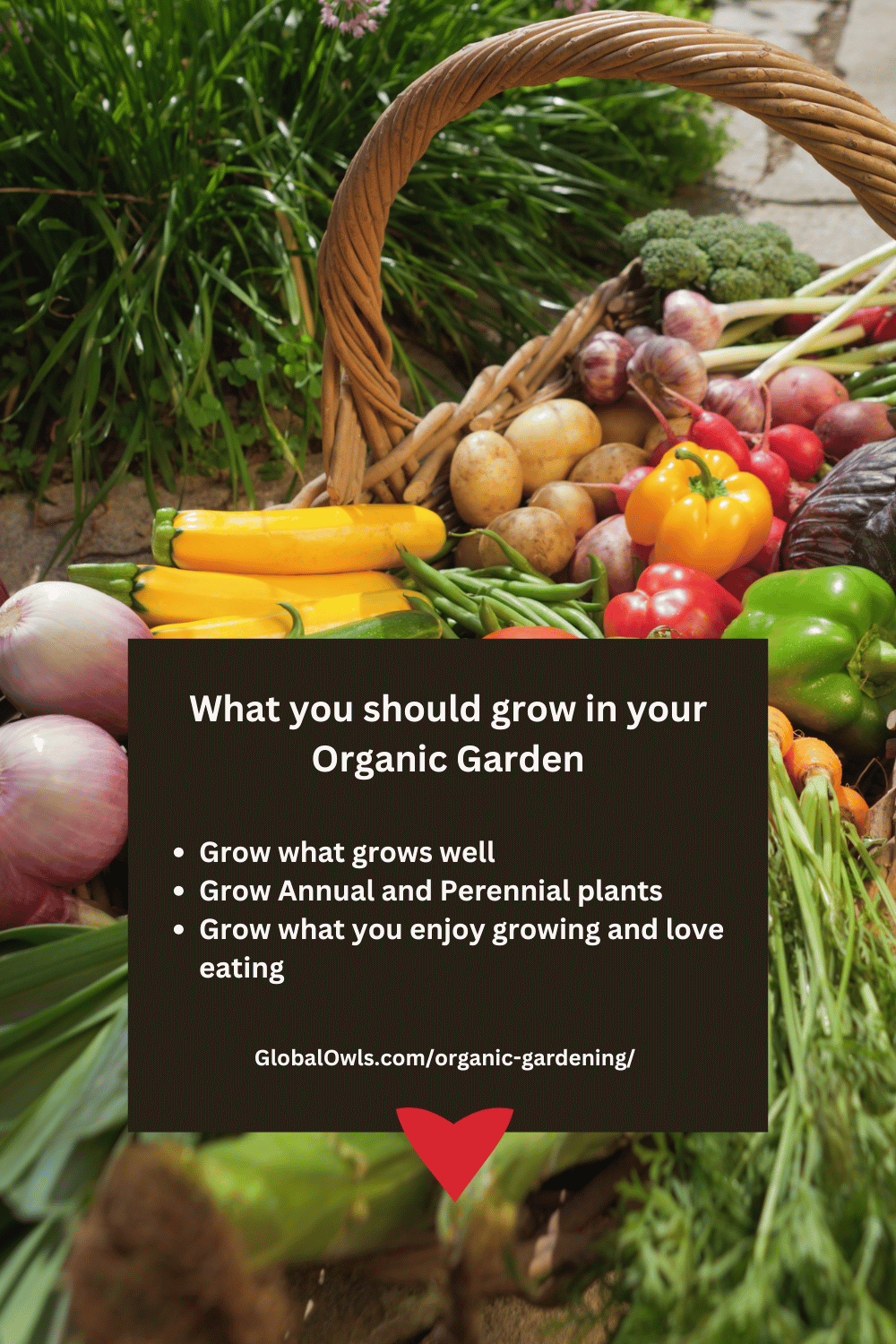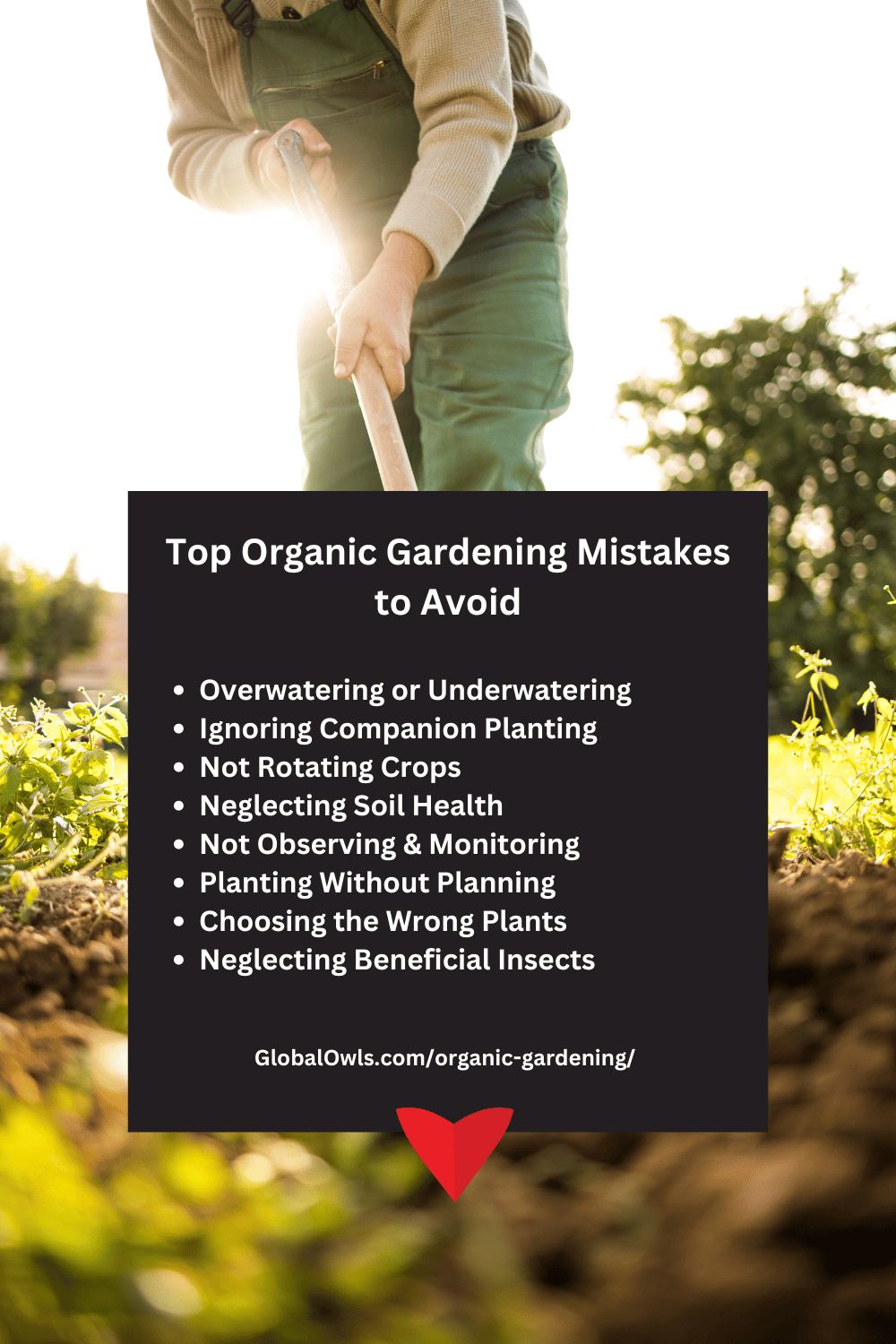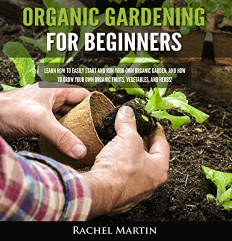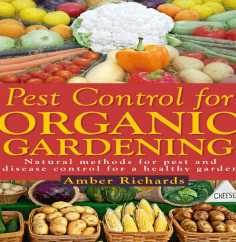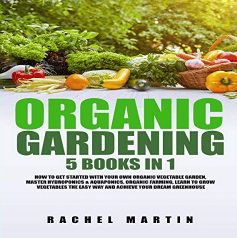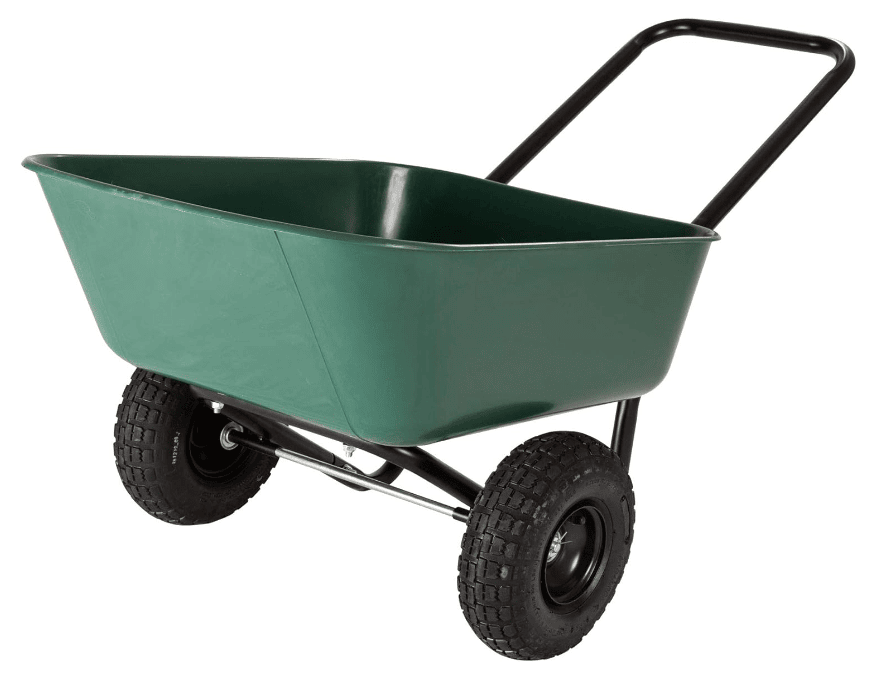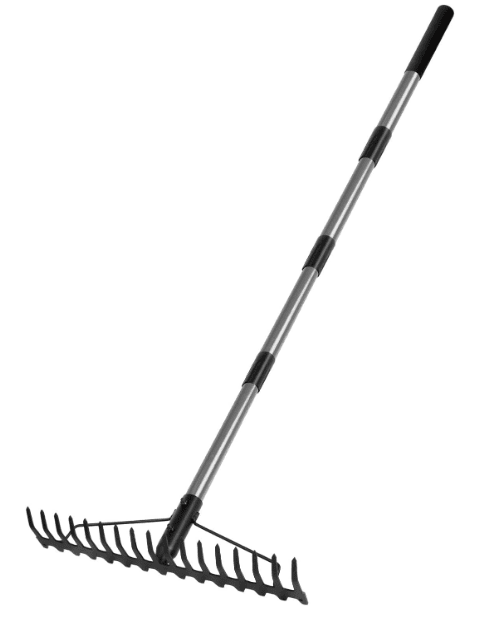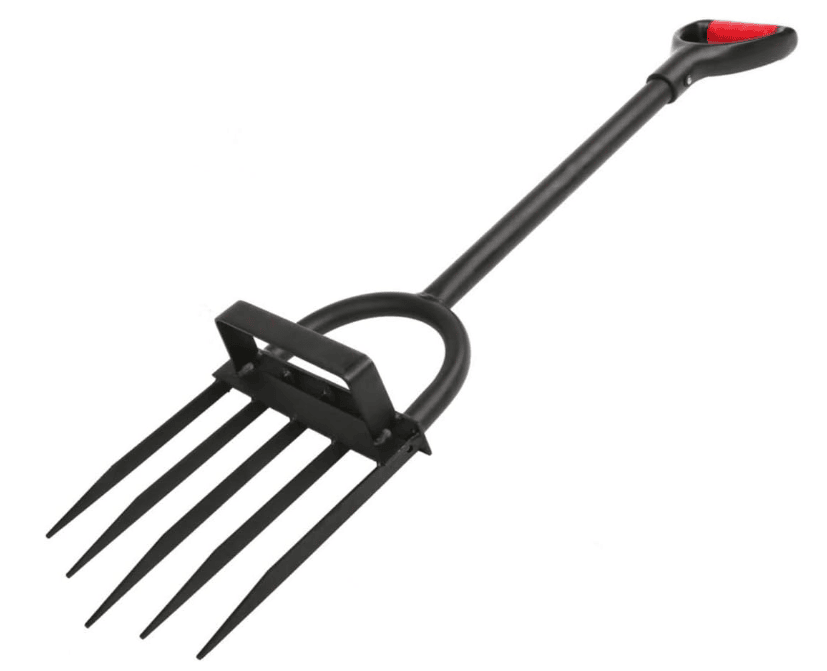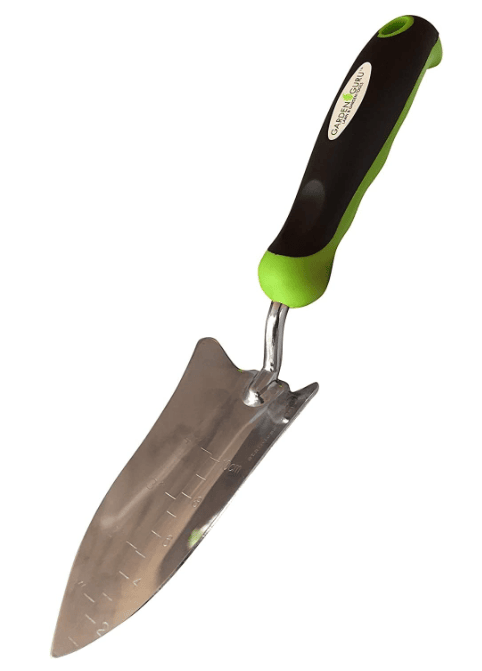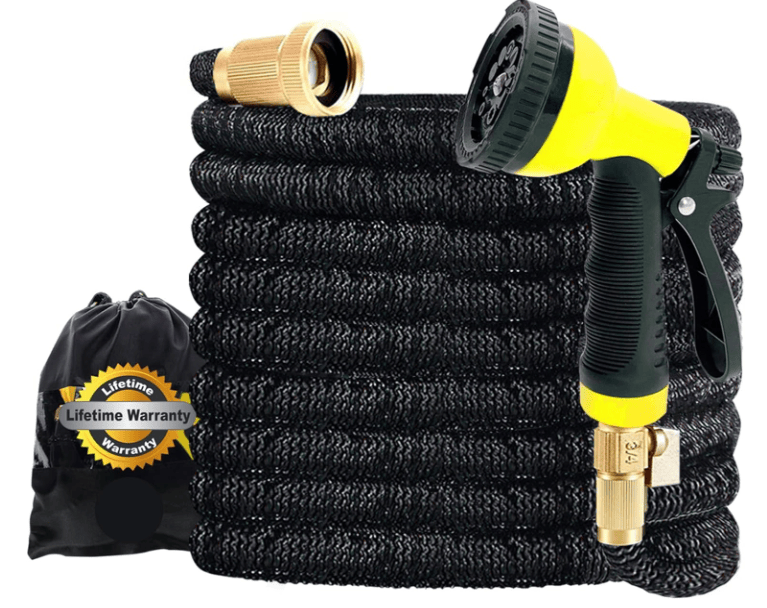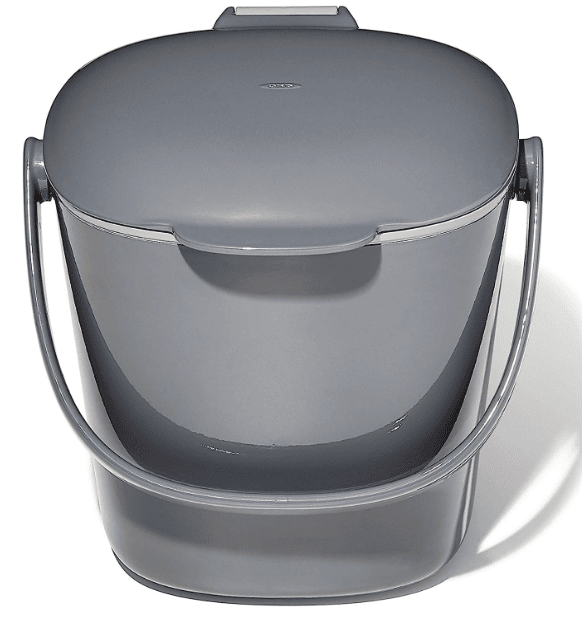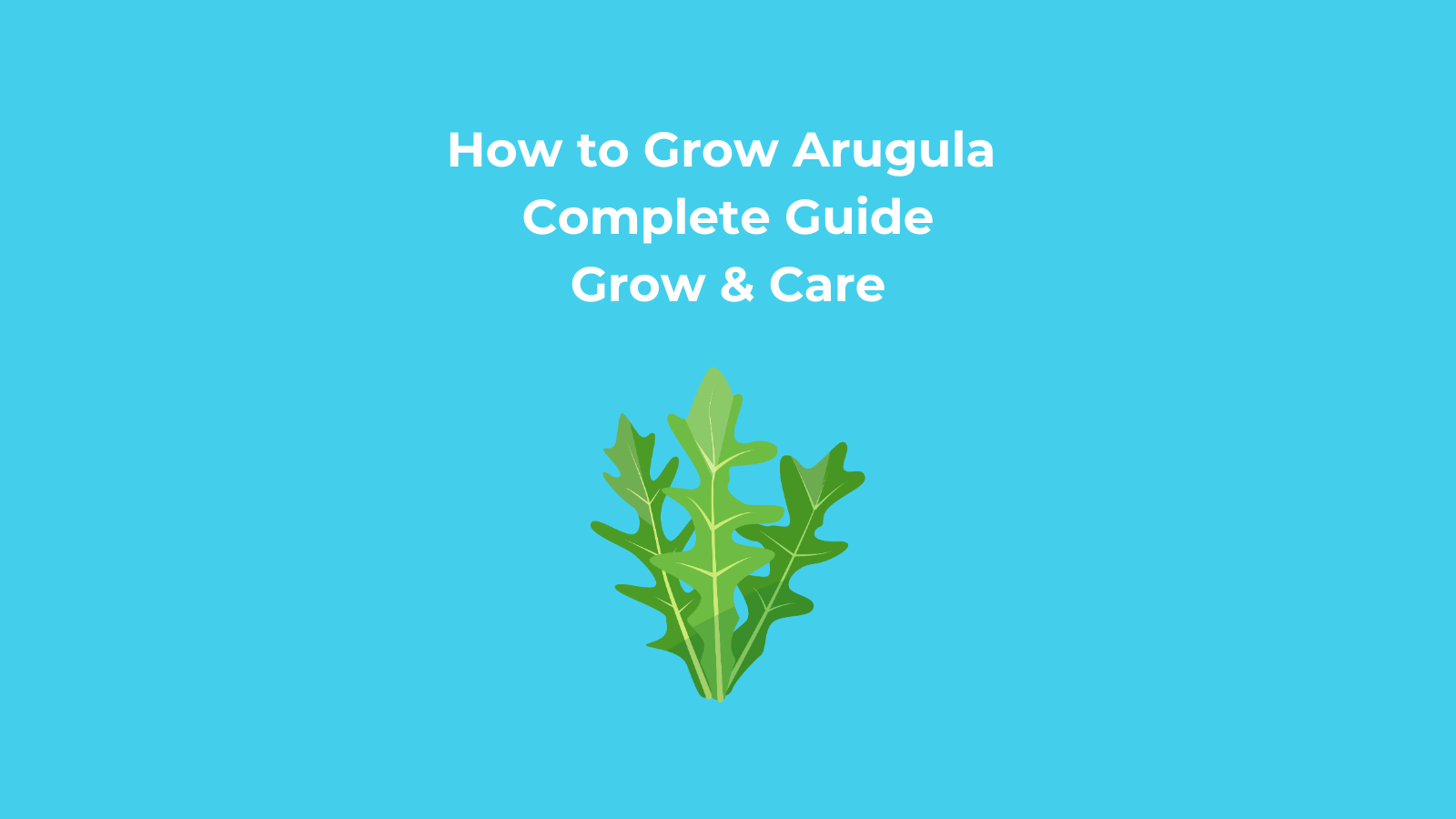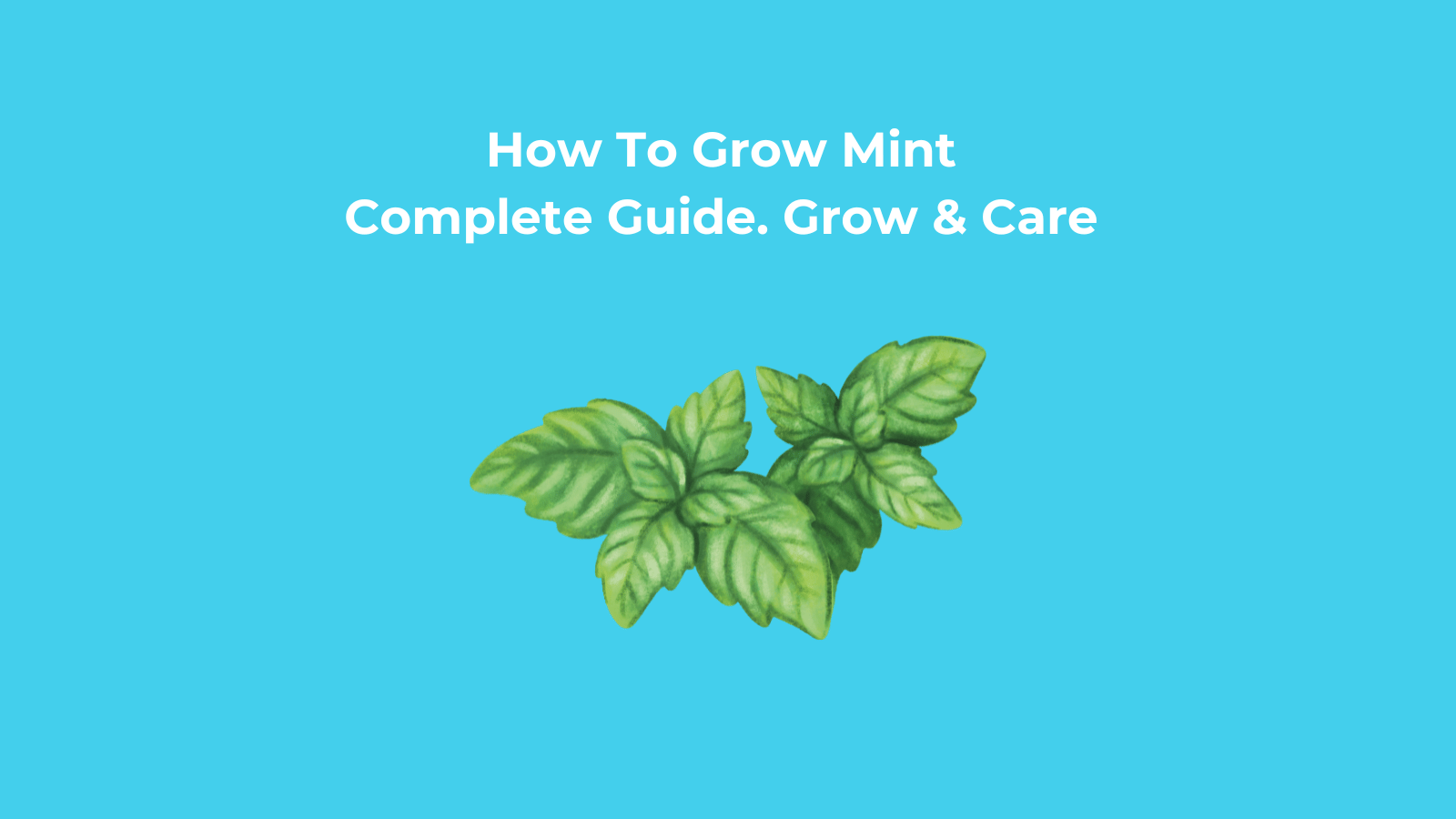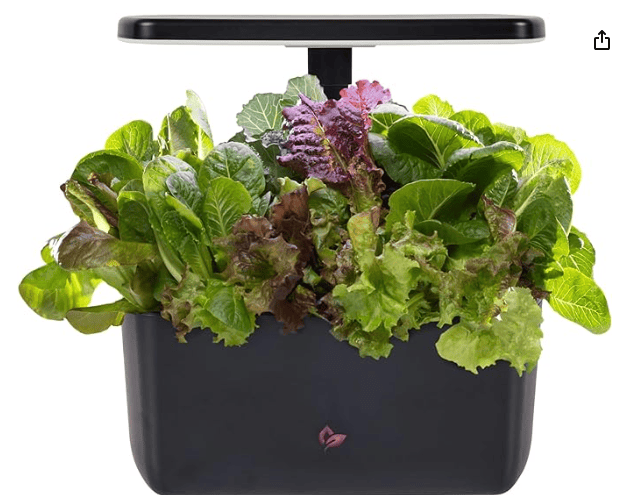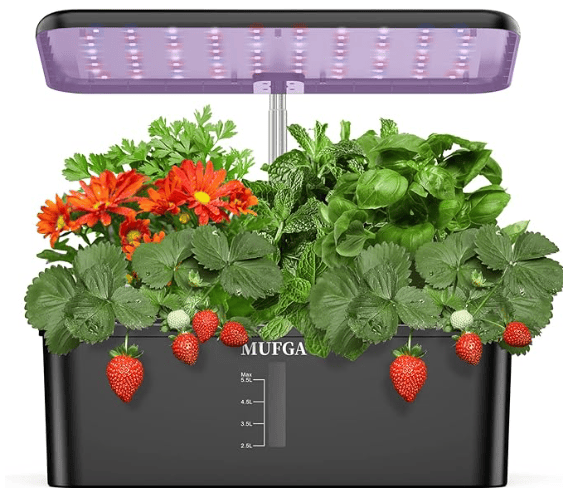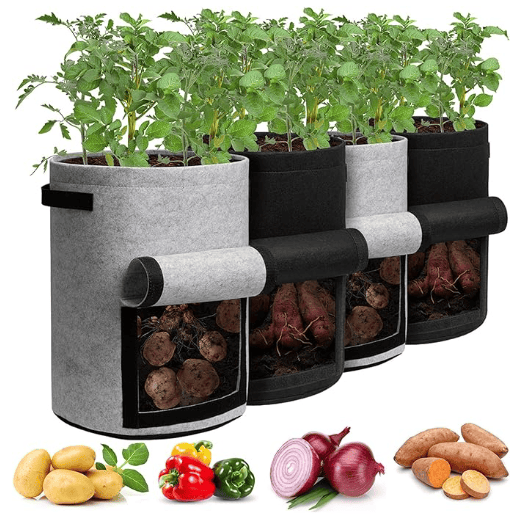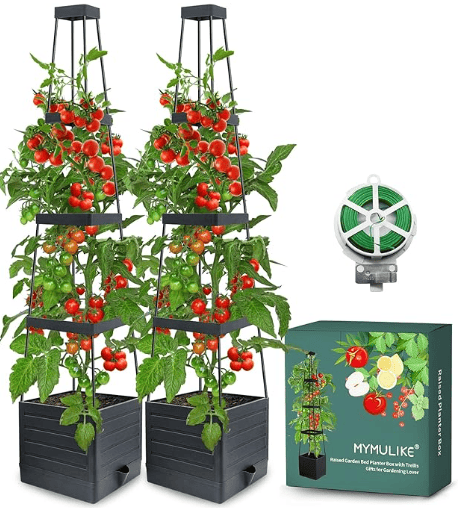Organic Gardening for Beginners and Pros [How to Start]
Having an Organic Garden has various great benefits. Here’s what you need to be effective.

Are you looking to start with Organic Gardening? That’s great! Anyone can start even with 0 budget. You can simply take cuttings from your mint plant and regrow them and go from there.
If you already have an organic garden and are looking to improve, that’s also great. There is a lot of info online. Various pros are sharing what works for them and what doesn’t.
Always keep in mind that what works for one person might not work for someone else.
It depends on the plant hardiness zone you’re in and the person giving advice is in. Every year is different. Sometimes a mild winter can have a big impact on the summer crops, etc.
An organic garden is a big experiment. Expect to have success, but don’t expect a perfect yield.
In this guide. We’re going to try and help you be successful with your organic garden.
To start. What actually is organic gardening?
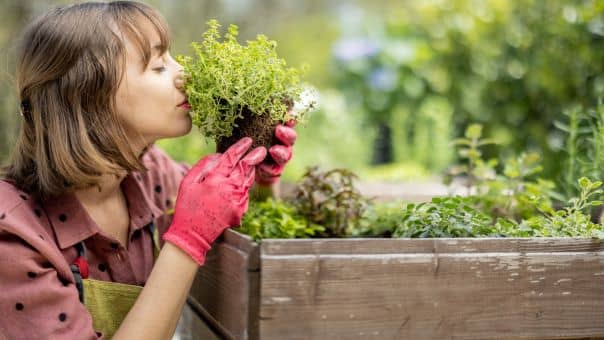
What is Organic Gardening
Organic gardening is a method of cultivating plants without the use of synthetic chemicals or genetically modified organisms. It emphasizes natural soil enrichment, biological pest control, and sustainable practices to promote environmental and human health.
What are the main benefits of Organic Gardening
Organic gardening has a lot of awesome benefits. It also depends if you have an organic garden for yourself and your family or if you’re gardening and selling your produce.
Here are some of the main benefits of organic gardening.
Environmental Health and Sustainability:
- Soil Health: Organic gardening enhances soil health by encouraging the growth of beneficial microorganisms and maintaining a balanced soil structure. Avoiding synthetic fertilizers and pesticides allows the soil to thrive naturally.
- Reduced Chemical Runoff: Without the use of synthetic chemicals, there’s a significant reduction in the risk of chemical runoff into nearby water sources. This protects aquatic ecosystems from harmful pollutants.
- Biodiversity: Organic gardens often support a more diverse range of plant and animal life. This can include beneficial insects, birds, and other wildlife that play a role in natural pest control and pollination.
Human Health Benefits:
- No Synthetic Chemical Residues: Foods grown organically have a lower risk of containing residues from synthetic pesticides and fertilizers, which can be harmful to human health.
- Nutrient Density: Some studies suggest that organically grown foods may have higher concentrations of certain nutrients, such as antioxidants, compared to their conventionally grown counterparts.
- Reduced Exposure: Gardeners practicing organic methods are not exposed to potentially harmful chemicals that can be found in synthetic pesticides and fertilizers.
Taste and Quality:
- Flavor: Many people believe that organically grown fruits and vegetables offer a richer, more authentic flavor compared to conventionally grown produce.
- Quality: Due to the focus on soil health and natural growth processes, organically grown foods often have better texture and longevity.
- Connection to Food Source: Organic gardening provides individuals with a closer connection to their food source, allowing for a deeper appreciation of the growth process and a better understanding of where their food comes from.
Learn everything you need to know about Organic Gardening from Pros
Start your Free Audible Trial and get access to the Top Gardening Audio Books for an entire month. Check it out!
Lineup of Top Organic Gardening Audio Books
What you should grow in your Organic Garden

So what should you actually grow in your Organic Garden?
This is of course very personal, but here are some things to consider.
Grow what grows well
We already talked about the plant hardiness zones at the start of this guide. That should be your starting point. You might want to grow some nice exotic fruits and vegetables, but you might not be able to due to your climate.
Second. There are also plants that are simply easy to grow and maintain and others that are more difficult. Tomatoes need a lot of pruning for instance while lattices can attract a lot of snails in wet climates. This should not deter you from growing tomatoes, but just understand that some crops are easier than others.
Grow Annual and Perennial plants
Some plants you need to re-plant every season (annuals) while others will grow back in the next season (perennials) like trees and fruit shrubs. You might want to grow both types and maybe even grow them next to one another in a Permaculture style.
Grow what you enjoy growing and love eating
Maybe straightforward but don’t overlook the plants that you love eating and enjoy growing. Don’t simply grow vegetables to build variety even though you don’t enjoy eating them.
Top Organic Gardening Tools
You probably won’t be digging the ground with your hands. Here are some of the most important Organic Gardening Tools you’ll need.
Top Organic Gardening Mistakes to Avoid
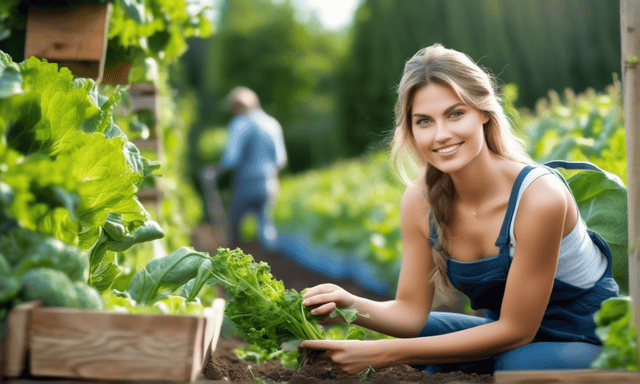
Organic gardening offers numerous benefits, but it’s easy for beginners and even experienced gardeners to make mistakes. Here are some of the top organic gardening mistakes to avoid:
- Overwatering or Underwatering: Proper watering is essential. Both overwatering and underwatering can stress plants, making them more susceptible to diseases and pests.
- Not Testing Soil: Skipping a soil test means you might miss crucial information about pH levels and nutrient deficiencies, leading to poor plant growth.
- Ignoring Companion Planting: Certain plants can benefit each other when grown together by repelling pests or enhancing growth. Ignoring these relationships can lead to increased pest problems and suboptimal growth.
- Not Rotating Crops: Planting the same crops in the same location year after year can deplete soil nutrients and increase susceptibility to pests and diseases that target those plants.
- Neglecting Soil Health: Healthy soil is the foundation of organic gardening. Failing to add organic matter, such as compost or well-decomposed manure, can lead to poor soil structure and reduced fertility.
- Overusing Organic Pesticides: Even organic or natural pesticides can be harmful if overused. They should be used judiciously and as a last resort.
- Not Observing & Monitoring: Regularly checking plants for signs of diseases or pests allows for early intervention, preventing minor issues from becoming major problems.
- Planting Without Planning: Planting without a clear plan can lead to overcrowded gardens, competition for nutrients, and increased vulnerability to pests.
- Choosing the Wrong Plants: It’s essential to select plants that are suitable for your specific region, climate, and soil type.
- Neglecting Beneficial Insects: Beneficial insects, such as ladybugs and predatory mites, play a crucial role in controlling pests. Using treatments that harm these helpers can disrupt the natural balance of your garden.
Top Organic Gardening Best Practices
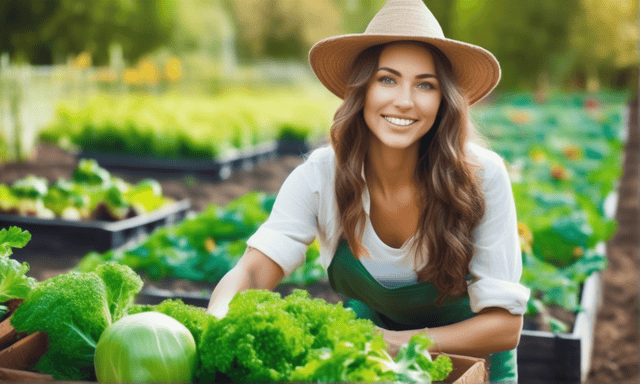
Embracing best practices in organic gardening ensures optimal plant health, yield, and sustainability. Here are some top organic gardening best practices:
- Soil Testing: Regularly test your soil to understand its pH, nutrient levels, and composition. This helps tailor your soil amendments and care regimen.
- Composting: Regularly add well-decomposed compost to enrich the soil, improve its texture, and enhance its microbial activity, which aids plant growth.
- Crop Rotation: Rotate your crops each season to prevent soil-borne diseases and pests from becoming established and to improve soil health.
- Mulching: Use organic mulch, like straw or leaves, to retain soil moisture, suppress weeds, and regulate soil temperature.
- Beneficial Insects: Encourage beneficial insects, such as ladybugs, lacewings, and predatory mites, which act as natural predators to many garden pests.
- Companion Planting: Integrate plants that naturally complement and protect each other from pests or boost their growth. For example, planting basil near tomatoes can repel tomato hornworms.
- Diverse Planting: Diversifying plant types in close proximity can deter pests and reduce the spread of diseases.
- Natural Pest Control: Before turning to organic pesticides, try physical interventions like hand-picking pests, using barriers, or water sprays. If you must use pesticides, opt for organic, non-toxic ones.
- Rainwater Harvesting: Collect rainwater to water your plants, as it’s typically free of chemicals and is a sustainable water source.
- Planting Cover Crops: In off-seasons, plant cover crops like clover or rye to prevent soil erosion, suppress weeds, and add organic matter to the soil.
- Mindful Watering: Water plants deeply and less frequently, ideally during the early morning or late evening to minimize evaporation and prevent fungal diseases.
- Choose Local and Heirloom Varieties: Local plant varieties are often better adapted to the regional climate and soil. Heirloom varieties can offer more nutritional value and flavor.
- Proper Spacing: Ensure plants are spaced appropriately to reduce competition for nutrients and to improve air circulation, reducing fungal disease risks.
- Regular Observation: Regularly inspect your garden for signs of pests or diseases. Early detection allows for more effective interventions.
- Organic Seeds and Seedlings: Start with organic seeds or seedlings to ensure your garden is free from synthetic chemicals from the outset.
By following these best practices, gardeners can create a thriving, sustainable, and productive organic garden environment.
Organic Growing Guides
Start With Indoor Gardening
If you don’t have enough space to start an outdoor organic garden, you can always start by growing delicious vegetables, fruits, and herbs at home.
Starting an indoor vegetable and fruit garden is a great way to enjoy fresh produce year-round, even if you don’t have outdoor space. Here’s a step-by-step guide to help you get started:
Choose the Right Location:
Select a spot indoors that receives ample sunlight, ideally a south-facing window. Most fruits and vegetables require at least 6 hours of sunlight per day. If natural light is limited, consider investing in grow lights.
Select Appropriate Containers:
Use containers that are deep enough for the roots of the plants you intend to grow. Make sure the containers have drainage holes to prevent waterlogging. You can use anything from traditional pots and planters to recycled containers, as long as they’re clean and suitable for plants.
Pick Suitable Plants:
Choose plants that are known to do well indoors. Leafy greens like spinach, lettuce, and kale, herbs like basil and cilantro, and fruits like strawberries and dwarf varieties of citrus trees are all good choices for indoor gardening.
Use High-Quality Soil:
Opt for a high-quality potting mix that is appropriate for indoor gardening. Avoid using soil from outside as it may contain pests and diseases. For organic gardening, look for organic potting soil.
Planting:
Follow the planting instructions specific to each type of plant. Some plants might be best started from seeds, while others might do better from seedlings. Ensure proper spacing as recommended for each plant type.
Watering and Feeding:
Water your plants regularly, keeping the soil moist but not waterlogged. The frequency of watering will depend on the humidity and temperature of your home as well as the needs of specific plants.
Feed your plants with an organic fertilizer according to the needs of the plants. There are various organic options available, including liquid seaweed, fish emulsion, and compost tea.
Temperature and Humidity:
Most indoor plants prefer temperatures between 65°F and 75°F (18°C and 24°C). Avoid placing plants near drafty windows or heating vents.
If your home is dry, especially during winter months, use a humidifier or mist your plants regularly to increase humidity.
Regular Care and Maintenance:
Check your plants regularly for pests and diseases. Treat any issues early with organic pest control methods.
Prune your plants to promote healthy growth and harvest them regularly to encourage further production.
Lighting:
If you don’t have enough natural light, invest in grow lights. LED or fluorescent grow lights are efficient and can provide the spectrum of light that plants need to photosynthesize.
By following these steps, you can establish a thriving indoor garden. Remember that patience and regular care are key to successful indoor gardening. Enjoy the process and the harvest!
Here are some Indoor Gardening Grow Stations to help you grow delicious vegetables, fruits, and herbs at home.
FAQ
What is organic gardening?
Organic gardening is a method of growing plants without using synthetic fertilizers, pesticides, or genetically modified organisms. It focuses on nurturing a healthy ecosystem and maintaining soil fertility using natural materials and techniques.
Why choose organic gardening over conventional methods?
Organic gardening is chosen for its environmental benefits, including reducing pollution and conserving water. It also promotes biodiversity and soil health and can lead to healthier, chemical-free produce.
What are the basic principles of organic gardening?
The core principles of organic gardening include using organic matter for composting, employing biological pest management, practicing crop rotation, and maintaining soil integrity through natural methods such as mulching and no-till practices.
How do I start an organic garden?
Begin by choosing a suitable location with good sunlight, access to water, and rich soil. Test the soil for pH and nutrient content, amend it with organic compost, and choose plants suited to your region’s climate and soil conditions.
What types of fertilizers are used in organic gardening?
Organic gardens benefit from natural fertilizers such as compost, manure, bone meal, and seaweed extracts. These materials release nutrients slowly, improving soil structure and fertility over time.
How can I control pests naturally in my organic garden?
Natural pest control methods include introducing beneficial insects, such as ladybugs and lacewings, using barriers and traps, applying neem oil or insecticidal soaps, and practicing good garden hygiene to prevent infestations.
Can I use any type of mulch in organic gardening?
Organic gardening typically uses natural mulch such as straw, grass clippings, shredded leaves, or wood chips. These materials decompose over time, enriching the soil while suppressing weeds and conserving moisture.
What are the challenges of organic gardening?
Challenges include managing pests and diseases without synthetic chemicals, the slower availability of nutrients from organic fertilizers, and the initial time and labor investment to establish and maintain the garden.
Is organic gardening more expensive than conventional gardening?
Initially, organic gardening can be more expensive due to the cost of organic seeds and materials. However, over time, the cost can decrease as you produce your own compost and become more self-sufficient.
How does organic gardening impact the environment?
Organic gardening reduces the environmental footprint by avoiding chemical inputs, reducing pollution and conserving water. It supports wildlife, promotes biodiversity, and helps maintain healthy ecosystems.
What kind of water conservation practices can be implemented in organic gardening?
Organic gardening promotes water conservation through methods such as drip irrigation, mulching, and rainwater harvesting. These techniques ensure that plants receive adequate moisture without excessive water use.
How do I test soil health for organic gardening?
Soil health can be tested using home testing kits or by sending samples to a laboratory. Testing should include pH, nutrient levels, and organic matter content to determine what amendments may be necessary for optimal plant growth.
Can I use cover crops in organic gardening? What are their benefits?
Yes, cover crops such as clover, vetch, and rye can be used in organic gardening. They help prevent soil erosion, suppress weeds, enhance soil fertility, and promote biodiversity.
What should I consider when choosing plants for an organic garden?
When selecting plants for an organic garden, consider local climate conditions, soil type, and pest resistance. Opt for native species or heirloom varieties that naturally thrive in your region.
How do I make my own organic compost?
To make organic compost, collect kitchen scraps (except meat and dairy), yard waste, and other organic materials. Layer these in a compost bin, keeping the pile moist and turning it regularly to encourage decomposition.
What are the most effective organic remedies for common garden diseases?
Effective organic remedies include crop rotation, proper spacing for air circulation, and using natural fungicides like baking soda and milk. Removing affected parts and maintaining healthy soil also help prevent diseases.
How do I attract beneficial insects to my organic garden?
Attract beneficial insects by planting a diversity of plants that flower at different times, providing a habitat for insects to feed, breed, and shelter. Plants like dill, fennel, and marigolds are particularly attractive to beneficial insects.
Are there any certifications required for a garden to be officially organic?
For commercial purposes, certification such as USDA Organic is required. However, home gardens do not need certification to practice organic gardening principles.
What is the role of biodiversity in organic gardening?
Biodiversity plays a crucial role in organic gardening by creating a balanced ecosystem, which naturally reduces the occurrence of pests and diseases and improves resilience and productivity.
How can I manage large pests, like deer and rabbits, in my organic garden?
Manage large pests organically through physical barriers such as fencing, netting, or row covers. Natural repellents like garlic sprays or blood meal can also deter pests without harming the garden ecosystem.
How do I manage soil acidity organically?
To adjust soil acidity organically, use ground limestone to raise the pH or sulfur to lower it. Additionally, incorporating organic matter such as compost can help buffer pH and improve soil health.
What is integrated pest management (IPM) in organic gardening?
Integrated Pest Management (IPM) in organic gardening is a strategy that uses a combination of biological, cultural, physical, and chemical tools in a way that minimizes economic, health, and environmental risks. It includes practices like crop rotation, using resistant varieties, and introducing beneficial predators.
Can organic gardening help combat climate change?
Yes, organic gardening can help combat climate change by reducing greenhouse gas emissions associated with synthetic fertilizers and pesticides, enhancing soil carbon sequestration, and promoting sustainable agricultural practices.
What organic practices help improve water quality?
Organic practices that improve water quality include using natural fertilizers and pesticides that are less likely to leach into water supplies, implementing soil conservation methods to prevent erosion, and managing runoff through contours and buffer strips.
How long does it take to convert a conventional garden to organic?
Converting a conventional garden to organic typically takes a few seasons. This transition period allows time to phase out chemical inputs, build up organic soil matter, and establish a balanced ecosystem.
What are some challenges of growing organic vegetables in urban areas?
Challenges include limited space, soil contamination, and inadequate sunlight. Urban organic gardeners can overcome these by using raised beds with clean soil, practicing vertical gardening, and choosing plants suited to shade or partial sun.
What are some effective organic soil amendments?
Effective organic soil amendments include compost, manure, bone meal, blood meal, green sand, and rock phosphate. These materials enrich the soil with nutrients, improve soil structure, and support healthy plant growth.
How can I organically manage nutrient deficiencies in my garden?
Identify nutrient deficiencies through symptoms in plants or soil testing, then address them with specific organic amendments: nitrogen (compost, blood meal), phosphorus (bone meal, rock phosphate), and potassium (potash, compost).
What role do earthworms play in organic gardening?
Earthworms are beneficial in organic gardening as they aerate the soil, improve drainage and nutrient availability, and enhance soil structure through their waste, which is rich in organic matter and beneficial microbes.
How can organic gardening practices be scaled up for larger operations?
Scaling up organic gardening involves implementing large-scale composting, efficient water use strategies like drip irrigation, extensive crop rotations, and the use of biological pest controls. Adopting a holistic approach to land management and maintaining stringent adherence to organic principles are crucial for success.
More ways to improve your Gardening skills
- Indoor Container Gardening
- Indoor Gardening Ideas
- Indoor Container Gardening Ideas
- Best Gardening Knives Hori Hori
- Top Gardening Audio Books
- How to grow Garlic
- Termites in Organic Garden
- How to Grow Mint
- The Best Termite Bait Stations
- How to Grow Sugar Snap Peas
- How to Grow Arugula
- Growing Tomatoes Indoors
